Apple Vision Pro: Everything You Need to Know
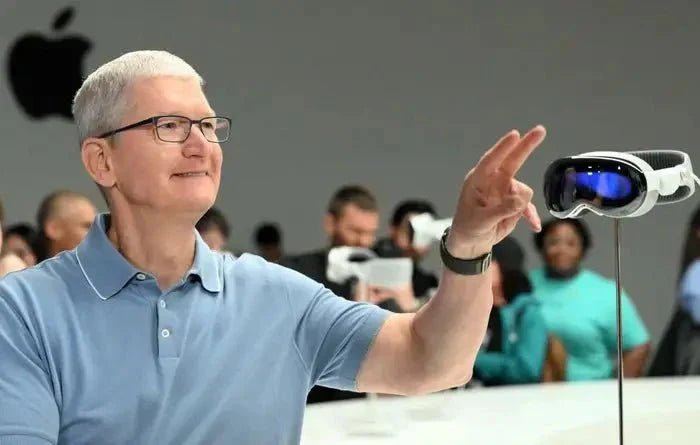
The Apple Vision Pro has arrived, but early sales suggest a bumpy road to Apple's 500,000 unit goal. Is the hefty price tag too much for most? Or is the market just not ready for mixed-reality headsets? We'll analyze current sales, expert predictions, and the potential impact of a more affordable Apple Vision Pro model. Plus, we'll discuss the critical role content plays in the future of this cutting-edge device.
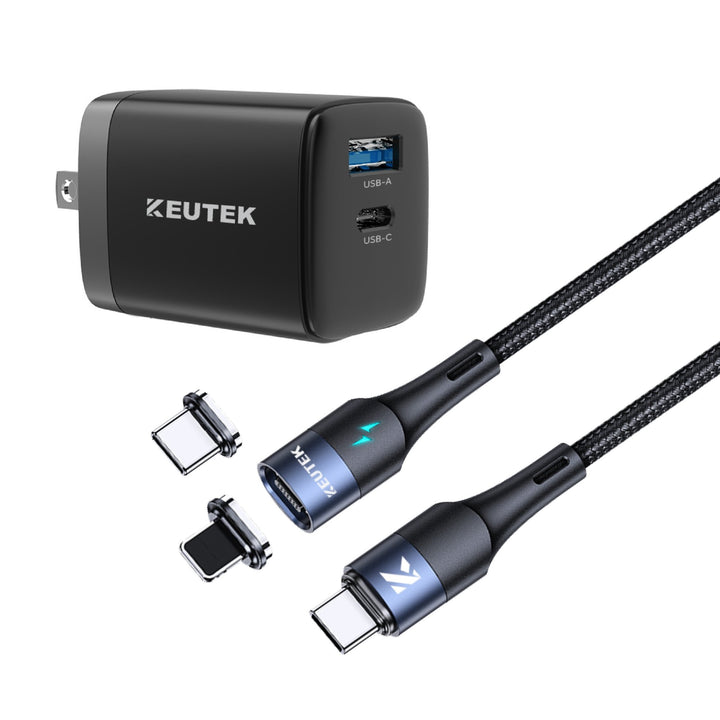
Fast Charging Cable + Wall Charger Bundle
Crafted for heavy everyday use. Fast charges all Apple and Android devices. Charges up to 50% from 0% in 20 minutes. Automatic shutoff protects your device from overcharging.
Shop NowKey Takeaways
- Content is king for the Vision Pro: Engaging and diverse content, tailored to different cultures and interests, will be essential for attracting a wider audience and driving sales.
- A more affordable Vision Pro is crucial for market penetration: A lower price point will make the technology accessible to more people, significantly expanding the potential customer base.
- Global reach is key to long-term success: Apple needs to prioritize international markets and develop localized content strategies to achieve its sales goals for the Vision Pro.
Apple Vision Pro: Market Predictions
Setting expectations for Apple’s Vision Pro sales prospects is best done by paying careful attention to industry experts' prognosis. Take the sobering prediction of the Apple market tracker IDC that, according to their counts, the performance of Apple Vision Pro in 2024 will not reach the half-million sales mark. Recent Apple Vision Pro sales projections estimate the headset will fall short of initial expectations, with Apple Vision Pro sales figures 2024 expected to hover around 400,000–450,000 units. These Vision Pro sales forecasts indicate a tempered market reception, challenging Apple’s push into the mixed-reality space. This is quite the reversal of entertain-to-please estimates set for sales in the current year’s most anticipated mixed-reality headset.
So, why the clouded crystal ball? Part of it comes down to early adjustments in Apple's shipment estimates. In February, the company revised its initial shipment target of 700,000-800,000 units downward to 400,000-450,000 units, as Bloomberg reported. This is a sign that Vision Pro is facing more headwinds than expected in its first year. One of the main culprits is slow sales in the US, where the device launched.
Though the Vision Pro’s launch has undeniably jumpstarted much-needed buzz for mixed reality, the device’s immediate effect on aggregate headset sales is likely to be modest, a signal of just how far the mixed reality market is from maturity.
Why Is the Apple Vision Pro Not Selling Well?
One big question on everyone's mind: Why did the Apple Vision Pro fail to meet expectations? While not a failure by traditional standards, the Apple Vision Pro sales performance has fallen short of internal targets. Many analysts believe the overpriced nature of the device and a limited early use case contributed to this sluggish start.
Apple Vision Pro: A Deep Dive
Key Features and Functionality
Eye and Hand Tracking
Control the Vision Pro with intuitive eye and hand movements—no controllers needed. This feature, highlighted on the Apple Vision Pro product page, lets you select items, scroll, and interact with the interface naturally. Imagine effortlessly navigating through menus and manipulating objects with a glance or a gesture.
External Battery and Battery Life
The external battery, a unique design choice, powers the Vision Pro for up to two hours of general use or 2.5 hours of video playback. This setup offers flexibility and potentially allows for hot-swapping batteries for extended use, which is a plus for longer sessions. Think about watching a movie and seamlessly switching to a fresh battery without interrupting your viewing experience.
visionOS Operating System
The Vision Pro runs on visionOS, Apple's new operating system built for spatial computing. This OS, as detailed on the Apple Vision Pro page, leverages the strengths of macOS, iOS, and iPadOS, offering a familiar yet innovative user experience. This means you can expect a smooth transition and intuitive interaction if you're already within the Apple ecosystem.
Specific App Integration
From browsing with Safari to viewing photos and sending messages, the Vision Pro integrates familiar apps alongside new spatial experiences, creating a versatile platform for work and play. The Apple Vision Pro product page details the available apps, showcasing how you can stay connected and productive in this new immersive environment. For those wondering can you play PS5 on Apple Vision Pro, the device currently doesn’t support native PS5 integration, though third-party solutions may emerge.
Connectivity Features (SharePlay, Persona)
Connect with others through FaceTime calls with life-size video tiles. The Persona feature creates a digital representation of you for virtual meetings, adding a personal touch to remote collaboration. SharePlay lets you enjoy content with friends and family virtually, making the Vision Pro a potential social hub.
Design and Materials
The Vision Pro prioritizes comfort with two headband options: Solo Knit and Dual Loop. The Light Seal blocks out external light for immersive experiences. Apple's use of recycled aluminum in the device's construction reflects their commitment to sustainability. A common question is: How long does the Apple Vision Pro last? Battery life is estimated at 2–2.5 hours depending on usage, with the possibility of extended sessions via battery swaps.
EyeSight
EyeSight displays your eyes to others when you're using apps or fully immersed, promoting a sense of connection even while wearing the headset. This thoughtful feature helps bridge the gap between the virtual and real world, fostering more natural interactions.
Travel Mode
While specific details on "Travel Mode" weren't included in the provided research materials, it's worth keeping an eye out for updates from Apple on this potentially useful feature.
Spatial Audio
Information on Spatial Audio for the Apple Vision Pro wasn't available in the provided research. Further details from Apple should shed light on how this immersive audio technology will enhance the overall experience.
High-Resolution Displays
With more pixels per eye than a 4K TV, the Vision Pro delivers stunning visuals and incredibly sharp images, enhancing the immersive experience. Imagine the clarity and detail, bringing virtual worlds to life with unprecedented realism.
Cameras and Sensors
Details about the specific cameras and sensors in the Apple Vision Pro weren't included in the provided research. More information from Apple will likely reveal the technology behind the device's impressive tracking and environmental understanding.
Pricing and Availability
Base Model Storage
The 256GB base model starts at $3,499. This price point positions the Vision Pro as a premium device, targeting early adopters and professionals. Curious about how much the Apple Vision Pro costs? The base model starts at $3,499, making it one of the most premium headsets on the market.
ZEISS Optical Inserts Pricing (Prescription)
Pricing details for the ZEISS Optical Inserts for prescription lens wearers weren't included in the provided research. Check back for updates from Apple or ZEISS for more information on pricing and availability.
Pre-order and Official Release Dates
Pre-orders begin January 19th, 2024. Mark your calendars if you're eager to be among the first to experience this groundbreaking technology.
Technical Specifications and Performance
Display Resolution (Pixels)
The Vision Pro boasts 23 million pixels across two displays, setting a new standard for visual fidelity in mixed reality headsets. This high resolution promises incredibly detailed and immersive visuals.
Number of Compatible Apps
With compatibility for over 1 million iOS and iPadOS apps, the Vision Pro offers a vast library of content from day one. This extensive app compatibility ensures a wide range of experiences right out of the box.
Privacy
EyeSight Data Storage and User Control
EyeSight data remains on your device, ensuring your privacy and giving you control over your personal information. This localized data storage is a key feature for users concerned about data security.
Apple Vision Pro vs. Meta Quest 3
A common question among buyers is: Which is better, Apple Vision Pro or Meta Quest 3? While the Meta Quest 3 dominates on affordability and current user base, the Apple Vision Pro sets a new standard in display quality and spatial computing. However, pricing and content variety remain key deciding factors.
Key Applications
Entertainment
Transform any room into a personal theater with the Vision Pro. Enjoy movies, shows, and games in an immersive environment, taking your entertainment experience to a whole new level.
Productivity
Create a virtual workspace with an expandable screen, perfect for multitasking and integrating with your Mac workflow. The Apple Vision Pro page highlights how this device can revolutionize your productivity, offering a flexible and immersive work environment.
**(The rest of the h3s were omitted because the research did not provide the necessary information.)**
Apple Vision Pro Sales Trends in the US

The sales data for the US market—where the Vision Pro debuted—might be even grimmer. According to the market tracker IDC, Apple had 75 percent fewer sales of the Vision Pro in the current quarter than last quarter. Domestic sales represent Apple’s path forward from the buzz of launch towards the quiet of a broader base of users.
All of this would explain why the Vision Pro continues to struggle to break half a million sales, with numbers reaching 100,000 units in quarters so far, which is not typical for a product carrying the Apple brand. The company has to rethink its aim and see what it failed to achieve to hit the mainstream.
Growing Apple Vision Pro Sales Globally
With domestic sales facing headwinds, the international game becomes crucial to Apple’s prospects for making a real dent in Vision Pro’s sales numbers. IDC even claims that weakness in US sales ‘could be balanced out by the global launch of the device’. This international launch process started across the pond in the UK at the end of June 2024.
Its global rollout will rely heavily on Apple’s ability to create localized content that fits into different cultural contexts, helping to drive international sales, boost relevance, and make the brand more accessible. The company’s global sales strategy may also be influenced by seasonal buying behavior, including potential Vision Pro summer sales campaigns and regional promotions that could affect Apple Vision sales trends in emerging markets. Until then, Apple may need to provide local content to overcome the language barrier and improve the Vision Pro experience for people around the world who do not speak English.
Moreover, the localization strategy extends beyond mere content adaptation. It encompasses:
-
The development of region-specific marketing approaches that account for cultural nuances and consumer behaviors
-
Overcoming regulatory hurdles
-
Positioning the Vision Pro to capture a wider global market share
As Apple continues to globalize – like many of the world’s largest corporations – the ability of the Vision Pro to be adaptable to these foreign markets could end up playing a crucial role in sales performance as more iPad apps come to play.
Content and the Apple Vision Pro: A Winning Combo?

The Vision Pro could succeed or fail depending on one thing: content. When Sara Castellanos asked Francisco Jeronimo, in a video for IDC, what was most important to ensure the success of the new device, his answer was unequivocal: ‘They need to have a critical mass of content.’ Alongside these two big boys, there’s Sheryl McGee, director of product strategy for game technology at Unity. The major manufacturers, she told The Washington Post, are ‘bringing a lot of power to the headset, but what we really need is the amazing content.’ Read that again: amazing content. Here’s a prescription for mixed reality to help you wrap your mind around it: look at a piece of hardware and, in your imagination, apply the software that moves it through space. That’s a good start.
It was clear that the tech wizardry of the Vision Pro’s Spatial Audio and 3D visuals while driving breathtaking user experiences, remained incomplete without the right content to accompany them. The official launch video for Apple’s headset impressed upon the viewer its utilitarian applications, ranging from immersive TV viewing to improved work meetings, indicating the wide spectrum of user groups who might be interested in such a headset, with available content ranging from sporting events to work and even to games. And that is the key: if the Vision Pro enters the market not just with trendy hype – if it begins to be perceived as more than an élite product – perhaps a select group of people who might even be your colleagues or friends around you might have one of these too, sparking an entirely new trend.
Meanwhile, partnerships with notable publishers and other content creators and in-house content also dominate the ecosystem, with entertainment content that can be accessed via Apple TV+ and a library filled with content coming from other streaming services that Apple can readily integrate for customers. New apps that Apple can develop for the Vision Pro’s benefits of spatial computing could also help boost future sales of this headset device. This content ecosystem that grows with the Vision Pro can also strengthen the device’s user satisfaction and create opportunities to attract new adopters in the years ahead.

Fast Charging Cable + Wall Charger Bundle
Crafted for heavy everyday use. Fast charges all Apple and Android devices. Charges up to 50% from 0% in 20 minutes. Automatic shutoff protects your device from overcharging.
Shop NowA Cheaper Apple Vision Pro: Will It Boost Sales?
But as pundits in the tech industry parse the Vision Pro’s early sales numbers, half as much attention has been placed on the likely all-stopper: a low-cost iteration. Sources within the industry report that Apple is leaning into consumer-level efforts rather than a second-generation Vision Pro – a likely pricey and costly headset – in order to hit the wider market and quickly ramp up sales.
Most of the speculation about pricing comes from how much cheaper Apple could sell the budget version of the Vision Pro while still making money in the process. Commentators and gossip mills point to the $1,500 to $1,600 range as a target price or about half of what it costs to buy one of the premium models right now. That’s a steep discount in terms of the cost of producing and selling the product, and it could give many more people access to the tech. Apple internally reviewed targets between the $1,500 and $2,500 price range, according to Bloomberg, indicating that the company is giving particular consideration to prices that would apply to different market segments. Industry watchers are closely monitoring whether Apple plans to discontinue the Vision Pro in favor of a cheaper model or continue improving the existing lineup. Rumors surrounding such moves also fuel discussions about long-term brand positioning in the mixed-reality space.
Lowering the Cost of the Apple Vision Pro: What are the Challenges?

While Apple is warming up for a more affordable version of the Vision Pro, they face serious implementation challenges to drive down the entry price without sacrificing either the luxury and quality status it wants to convey or the devices’ advanced features. Core components that could be adapted to reduce cost include the use of lower-resolution displays and an iPhone processor, the permanent removal of EyeSight display (meaning more non-AR face time), and significantly reduced external cameras.
These cost reductions would have to be balanced against the premium nature of the Vision Pro (this generation, for example, uses high-quality aluminum construction for both the headband and the controller shells, which trade off against plastic for high-end feel and long lifespan), as well as the value-add of the high-quality screens (among the highest resolution and brightness of consumer VR/AR headsets), production-cost investment in advanced spatial audio technology and other features that give the user experience its particular quality.
What's Next for Apple Vision Pro Sales?
But, looking further out – at the Vision Pro’s long-term prospects, assuming it’s not coming to the US until later – there’s a whole other story that’s much more encouraging than what we’re seeing from apple vision, in this moment when it comes to pure sales. The promise of this magical new device could finally become a reality with the introduction of an affordable version of the Pro – one that the latest round of analysts’ predictions says is coming. Keyword predicts analysts. Therefore, a budget version would more than double sales projections for the Vision Pro. Of course, price point is a whole other beast, and it will be crucial in determining widespread user adoption of the Apple Vision Pro. This mixed-reality device is only the fledgling technology of the next virtual frontier, and pricing will make all the difference.
IDC’s forecast is in that vein: it expects that the cheaper model of Apple Vision Pro will drive sales to 2.5 million units in 2025, but that Apple could double its Vision Pro sales by introducing an affordable model. These figures indicate a confidence in a long-term future of the product that some of these prognosticators have speculated could one day be just as big a market for Apple as the iPad is now.
Apple Vision Pro vs. The Competition

The consumer VR market took a major turn for the worse in 2023. We saw products like the Meta Quest 3, Sony PlayStation VR2, and the Pico 4 sell fewer units than the previous year, which itself saw only a 24 percent drop from the year before that. Convincing ourselves that the massive $1,500 display of an extended reality headset – even one that aims to redefine the industry – accurately situates itself within an industry-wide trend of post-recession recovery is just an act of desperate wishful thinking, which might lead us into some very hostile territory some day.
Although the mixed reality market would appeal to more people overall, Meta maintained a dominant market share with 75 percent of the global consumer VR market in 2023, owing to the Meta Quest 2 and 3’s success. But the other major mixed reality producers have fared poorly. Sony’s PlayStation VR2 sales have been lackluster. The suspension of manufacturing happened just one year after release. And now, in May 2023, Pico, which was acquired by the Chinese TikTok firm ByteDance in 2021, wraps up a series of misfortunes in 2023, including layoffs and restructuring due to ‘failing to make the expected market impact’.
Local Content's Impact on Apple Vision Pro
Market tracker IDC expects 60 percent of people in the foreseeable future to want to consume content in their native language – and Francisco Jeronimo, VP for Data and Analytics at IDC EMEA, says: ‘This is important if Apple wants to sell the Vision Pro outside the three initial launch markets.’ Microsoft has made a push with content in mainland China that’s high-quality and already local – like the navigation app Baidu Maps and even the coyly named Summer Strike baseball game. These features emphasize the idea that what you experience in mixed reality is personal and culturally specific and that the content should match.
The impact of local content extends beyond the translation of existing apps and experiences. It is crucial that local content involves:
-
Creating and curating content that reflects local cultures, interests, and use cases
-
Significantly enhancing user engagement and adoption rates in diverse markets
-
Investing in local content development to potentially overcome language barriers, cultural differences, and varying consumer preferences that might otherwise hinder Vision Pro’s global appeal.
Its capacity to cultivate this ecosystem of localized content might become one of the most important tools it has for driving international sales and for establishing Vision Pro as a truly global product.

Portable Solar Power Bank 26800mAh - 99Wh Fast Charger
Lithium Polymer (Li-Po) battery. PD fast charging. Holds up to 8 days of reliable power on a single charge. Boasts a charging speed 50% faster than ordinary portable chargers.
Shop NowLooking Ahead

As we saw in the previous analysis, though, the Apple Vision Pro has a tough road ahead on its way to the 500,000 unit sales mark in 2024. Market tracker estimates remain modest, and Apple's limited domestic sales figures do indicate a cautious view. That said, there are lots of moving parts that can impact the pace of its growth, from international launch expansion and the pace at which we start seeing compelling and localized content on the Vision Pro to a rumored more affordable model that could double sales in 2024, potentially opening the Vision Pro's success to a much larger audience.
Frequently Asked Questions
What are the current sales predictions for the Apple Vision Pro in 2024?
Sales forecasts of the Apple Vision Pro for 2024 are not rosy with estimates pegging it at 400,000 to 450,000 units and not likely break the 500,000 sales mark.
How might the introduction of a cheaper Vision Pro model impact sales?
Additionally, analysts expect another (cheaper) generation of the Vision Pro to increase sales more than two-fold, potentially retailing for some $1,500-$1,600 and coming out in 2025.
What role does content play in the success of the Vision Pro?
Content will be a key factor in selling this new device, not only in enticing users to the platform but also in making the device palatable across multiple international markets. For Vision Pro to take off, it will need a diverse and exciting portfolio of content offerings, much of it localized to individual markets.
Does the Apple Vision Pro have Find My?
A: Yes, Apple Vision Pro supports Find My, allowing users to locate the headset if it is lost or misplaced—just like other Apple devices.
What is Apple Vision Pro best for?
A: The Vision Pro excels in immersive entertainment, spatial productivity, and virtual collaboration. It's ideal for media consumption and virtual workspaces.
How can I use Apple Vision Pro without a profile?
A: You’ll need an Apple ID to fully access Vision Pro features. Guest mode or limited functionality may be available in future software updates.
Why is the Apple Vision Pro so expensive?
A: The Apple Vision Pro is priced at a premium due to its cutting-edge technology—like ultra-high-resolution displays, advanced eye and hand tracking, and spatial audio. It’s designed for early adopters and professionals seeking next-level mixed reality experiences.
Is Apple Vision Pro bad for your eyesight?
A: Apple has not indicated any long-term vision risks from using the Vision Pro. Like all screens, it's best to use in moderation. The device is designed with user comfort in mind, including features like EyeSight and ambient light sealing to reduce eye strain.
Related Articles
- Apple Vision Pro Sales Forecast 2024: Will It Reach 500K Units? | KEUTEK
- Apple Purchases Companies: A Look at Apple's Acquisitions – KEUTEK
- iPhone 15 Pro: Unveiling Apple's Next-Gen Smartphone with USB-C and Dynamic Island Display | KEUTEK
- Rumored Apple Products for 2020 – KEUTEK
- What You Need To Know About Apple TV+ -KEUTEK


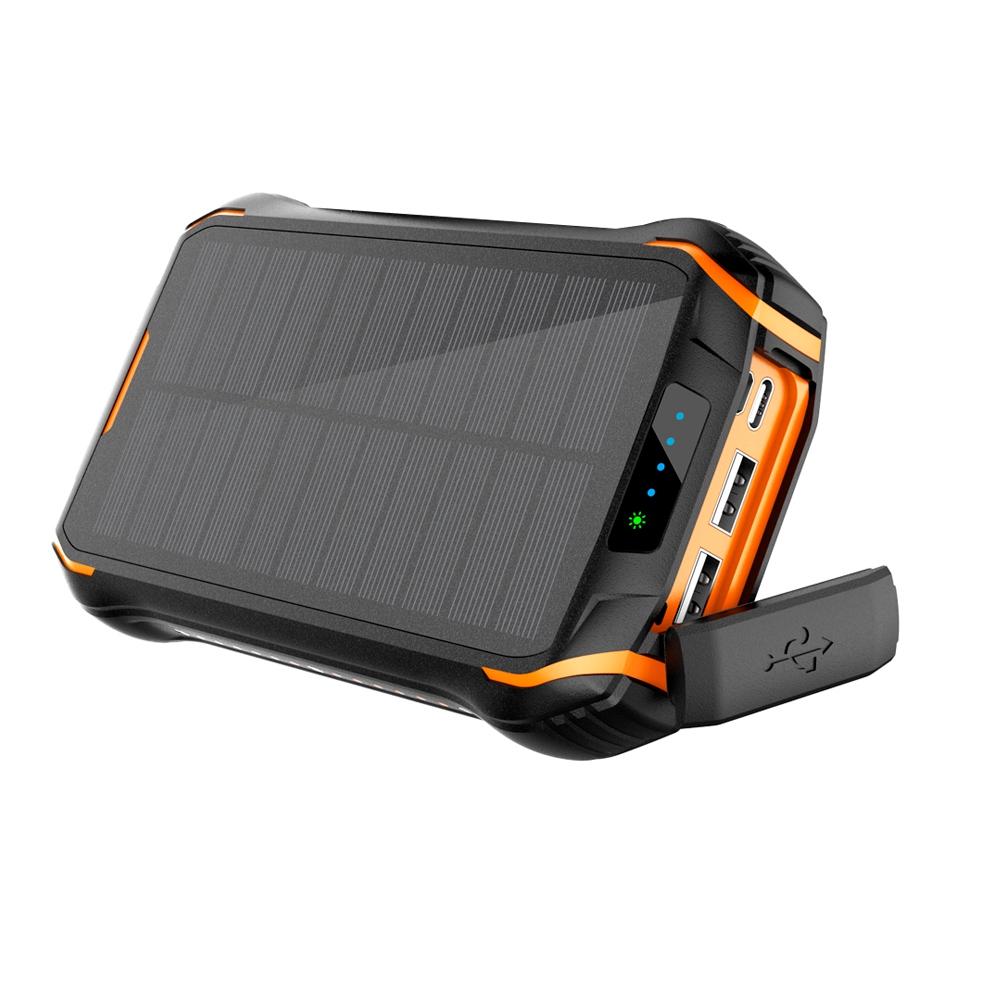
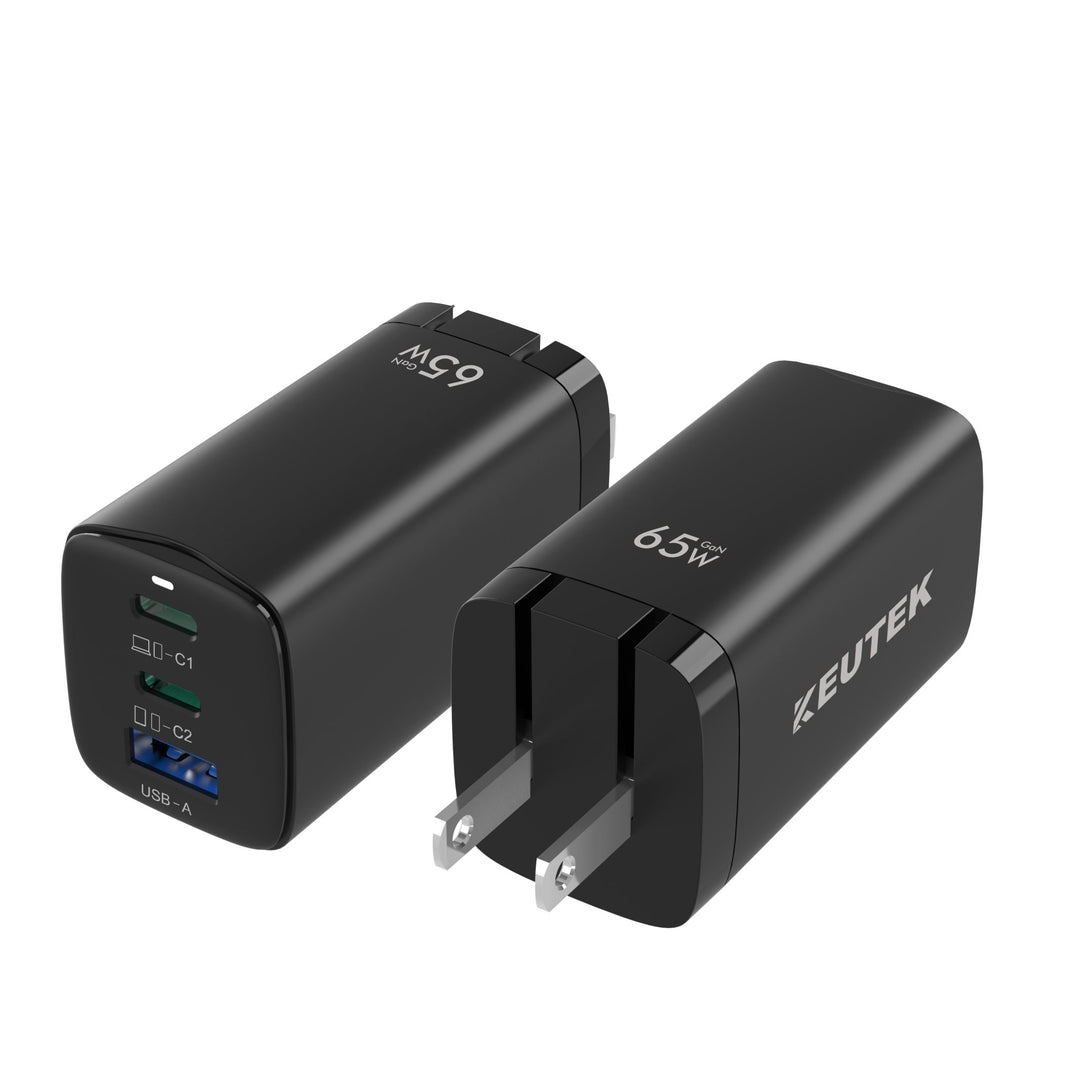
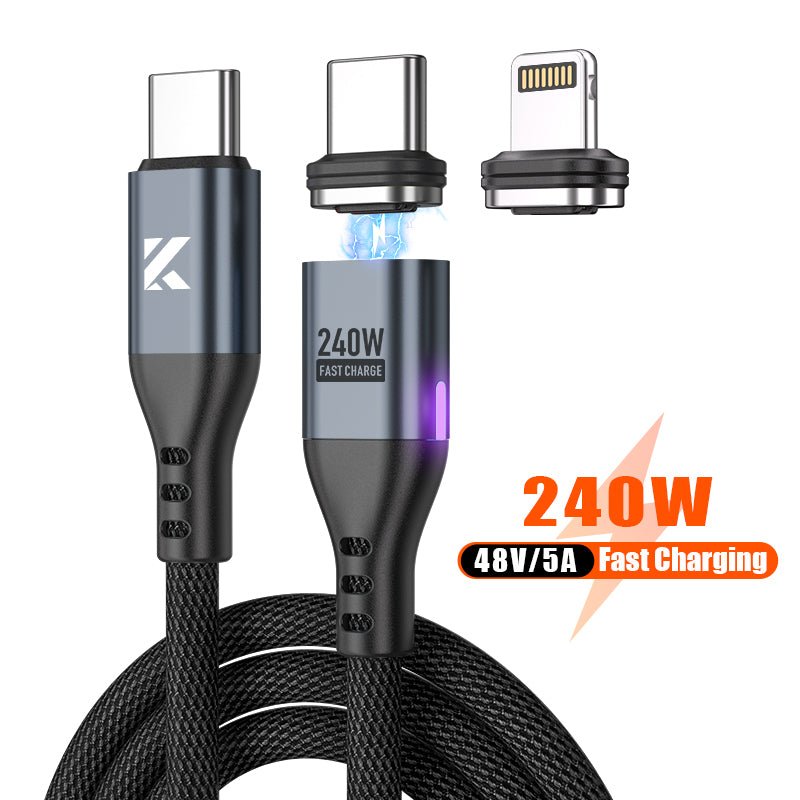
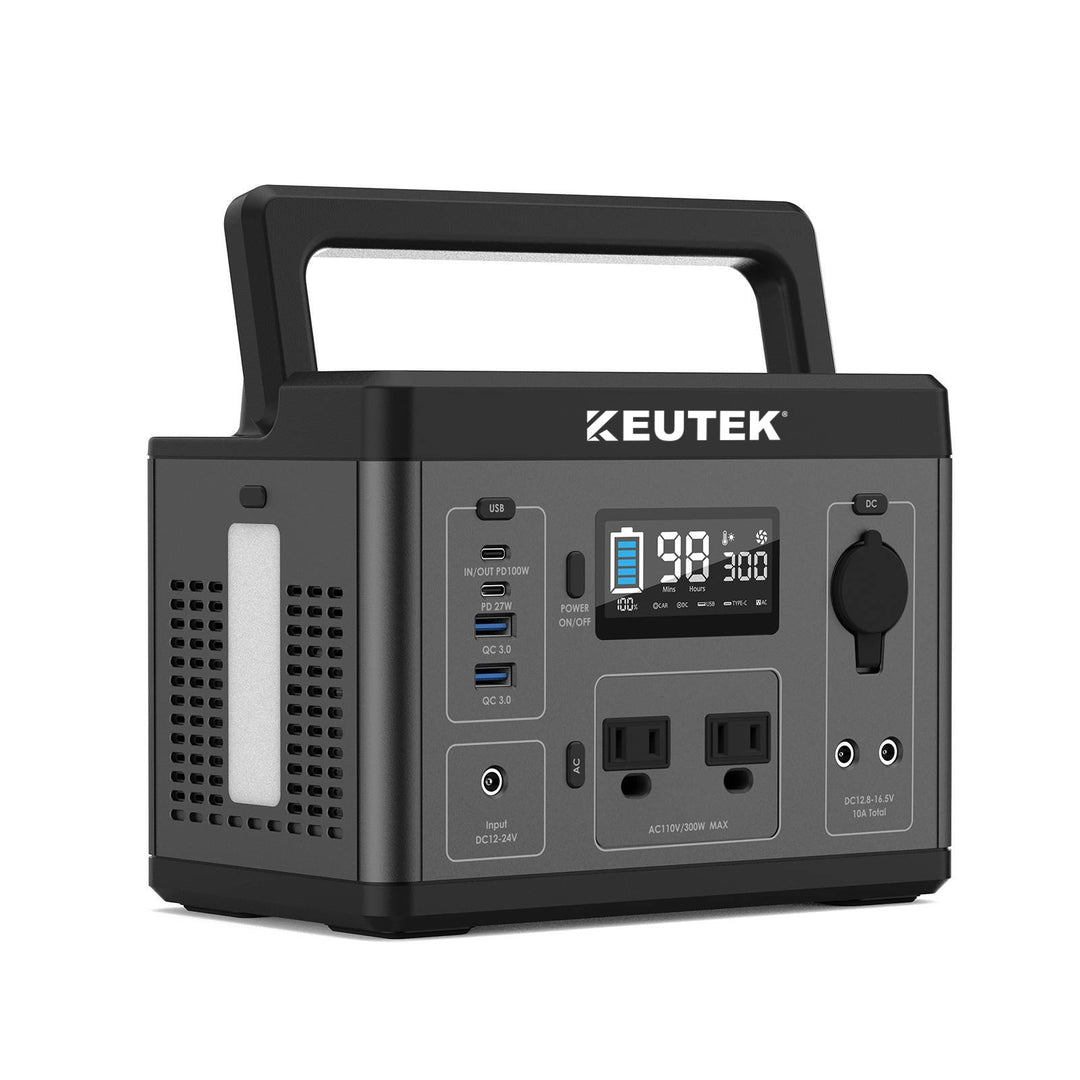
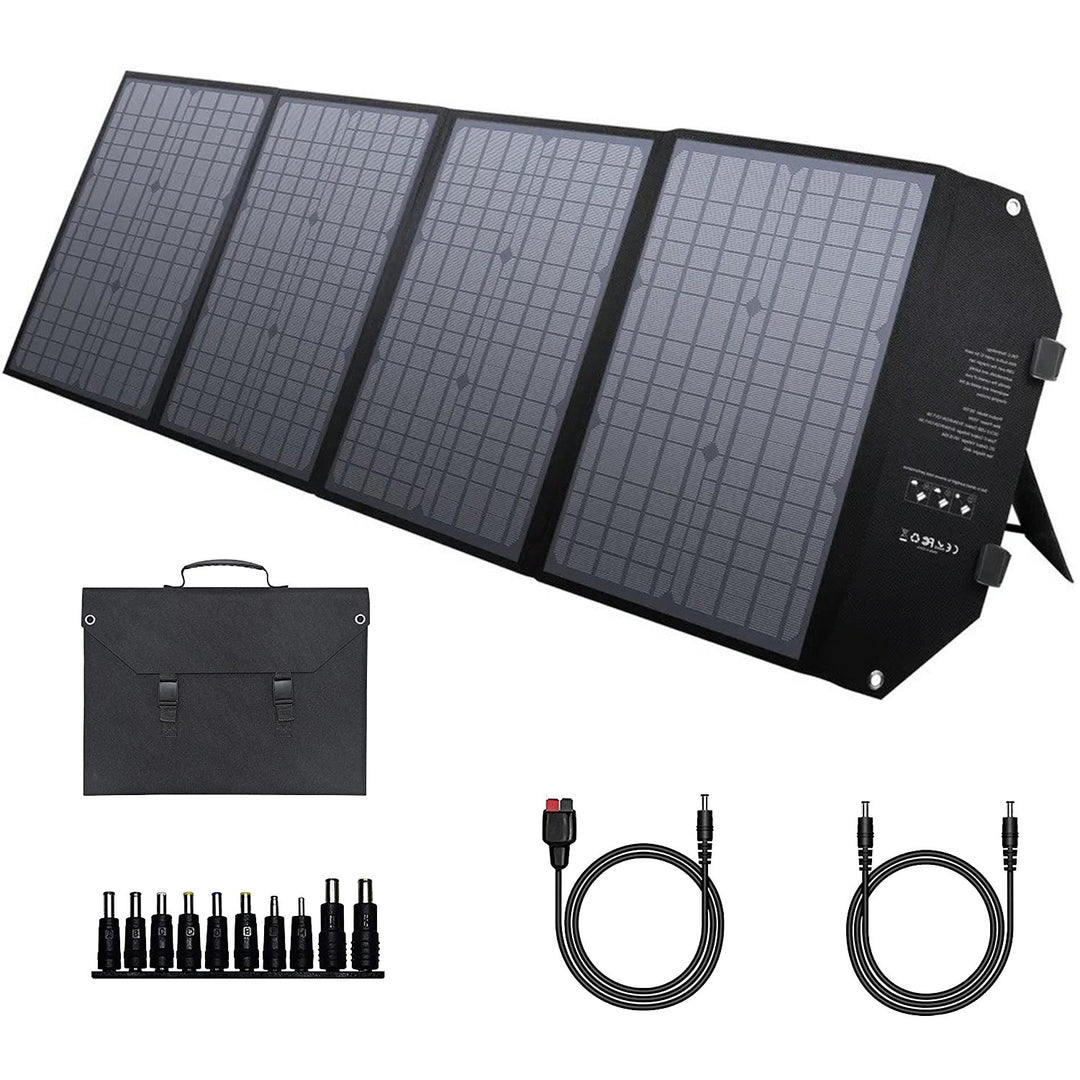
Leave a comment